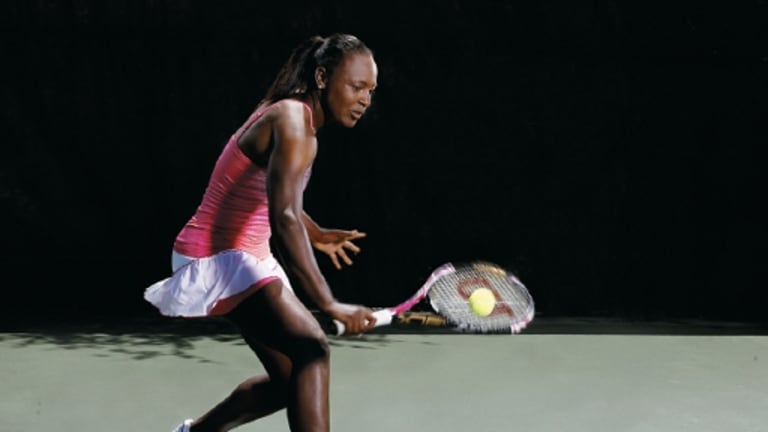1. One-Handed Backhand
Most professional and many recreational players today have a two-handed backhand. But you'll be making a mistake if you don't learn a one-handed backhand. Every two-hander needs a one-hander, whether it's for a drop shot, a chip, a change of pace or -- and this is essential -- a defensive shot when you're on the run. If you have to hit a backhand late, you should hit it with one hand (this is easier on your back, too). (Photography by Tom DiPace)
QUICK TIP: Don't be fooled by the "onehanded" label: Your non-dominant arm plays an essential role in this shot. It acts as a guide during your takeback and as a counterbalance when you swing, as seen here.





